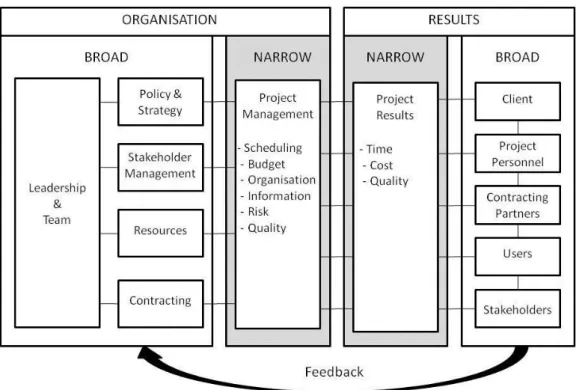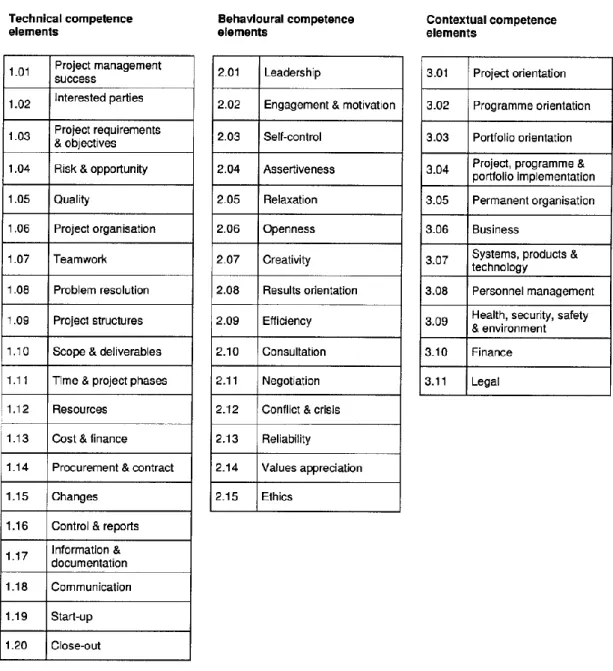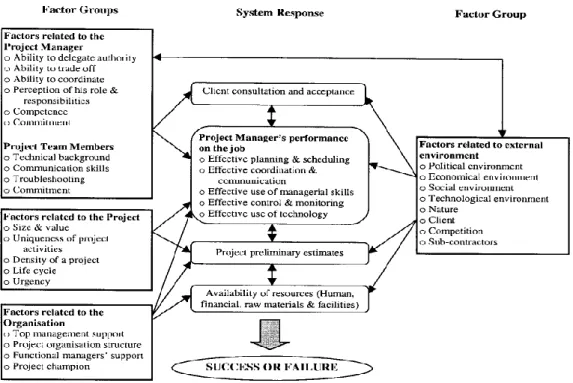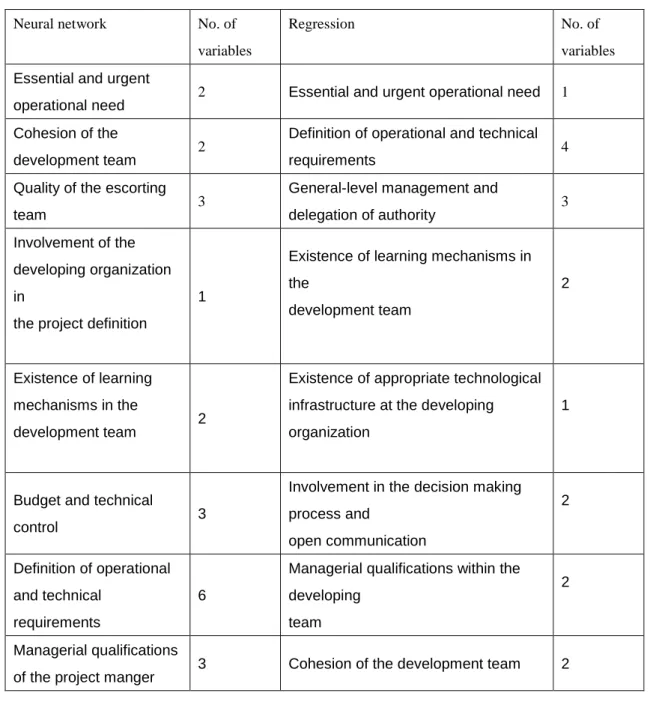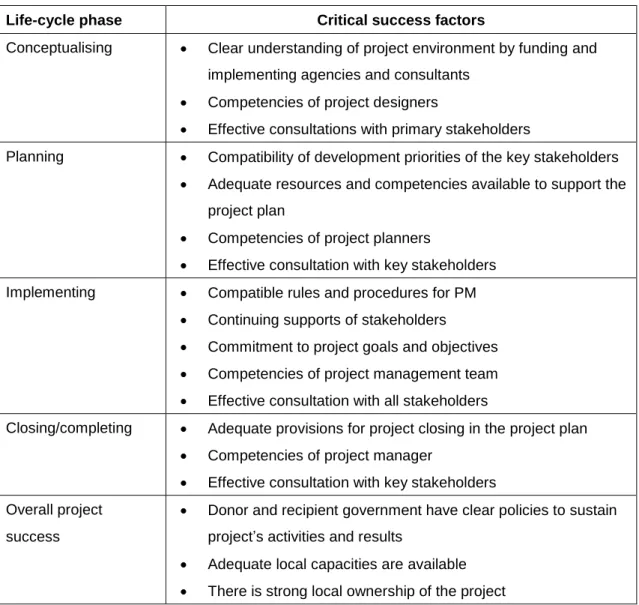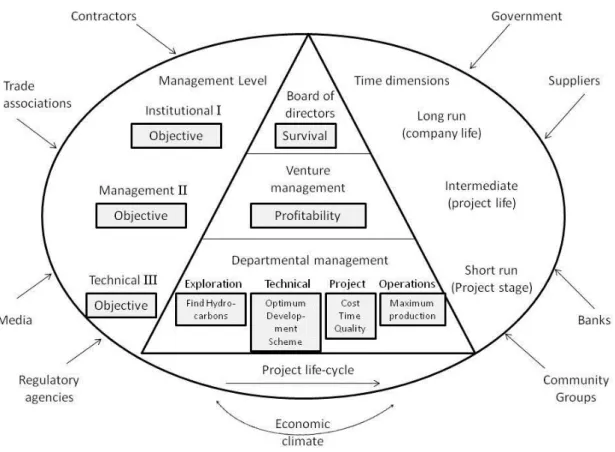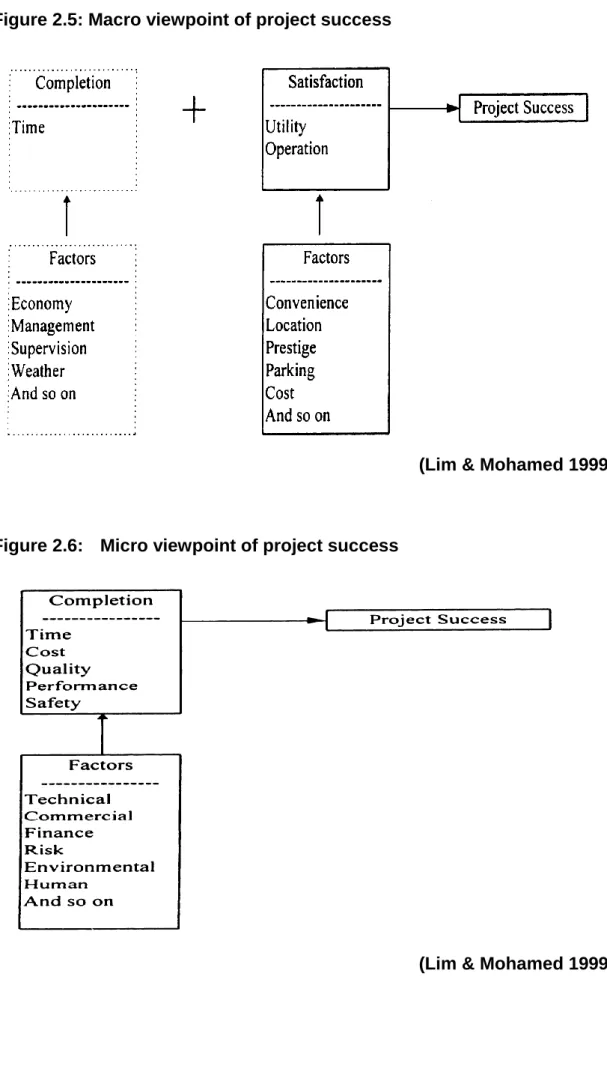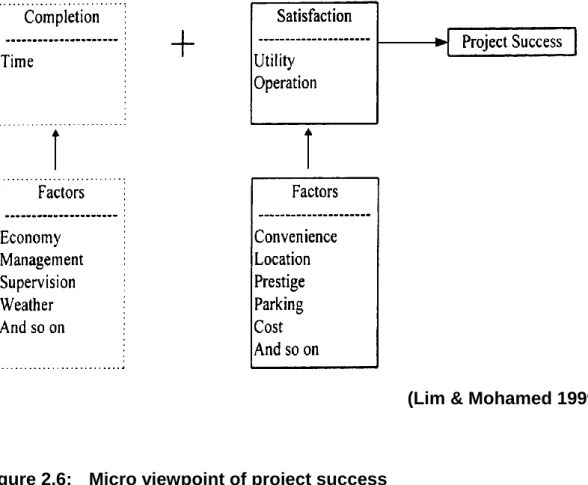The project management (PM) environment for international development projects is also much more complex than domestic projects in industrialized countries (Kwak, 2002). Even at this early stage, he stated that the main concerns in managing international projects centered on understanding cultural differences, communication, avoiding local politics and overseeing an international team of senior experts. A more detailed relevant review is provided in the following chapters as part of an exploratory study of cultural influences in successful project management.
For an international project manager, understanding the key concepts of cross-cultural management and project management is a basic requirement in the age of globalization. The goal is then to establish a link between cultural differences and project management activities and to control and mitigate the negative effects of cultural differences. The main contribution of this research is to investigate the effects of cultural differences on project management activities and then establish a link between cultural differences and project management activities.
The results will fill the gap in the above-mentioned perspective in the international project management arena. Provide a systematic description of the relevant aspects of Chinese culture and their impact on project management activities.
The structure of the thesis
Although Spearman's rho correlation used in this study does not imply causality, some useful correlations between parameters have been established in the proposed conceptual framework for modeling, analyzing and managing cultural differences in international projects. Future research beyond the scope of this thesis will focus on evaluating detailed relationships and causality in the proposed framework. The shortcomings of previous research studies are addressed in Chapter 4 after a more comprehensive literature review.
In this section, the research methodology of the study is presented and a questionnaire designed according to the research objectives in Chapter 6 is presented. In Chapter 7, a combination of quantitative and qualitative research tools is used during the primary data collection and analysis process. A comparative survey research method will be adopted in this study as the research strategy and respondents are selected from China and South Africa.
Some statistical correlation tests are also used to build confidence in some of the relationships proposed in the proposed model. Chapter 8 also discusses some limitations of this research and recommendations for future research.
Assessment of key concepts that are relevant to international project management
Introduction
Assessment of key concepts
Although there are many different definitions of project management (PM), most of them are similar in that they contain the same elements. Levine (1986) states that project management can be defined as “planning, organizing, directing and controlling resources for a specific period of time to meet a specific set of one-time objectives”. 34; Project management is the application of knowledge, skills, tools and techniques to project activities to meet or exceed stakeholder needs and expectations from a project" (Duncan, 1996).
In their book, Harrison and Dennis (2004) define project management as "the achievement of project objectives by people and the involvement of the organization, planning and control of resources allocated to the project". The goal of project management is achieved for the set project objectives in a risky environment. As defined by the Project Management Institute, project management is the application of knowledge, skills, tools, and techniques to project activities to meet project requirements.
Project management is achieved through the proper application and integration of the 42 logically grouped project management processes comprising the 5 process groups (initiating, planning, executing, controlling and closing)” (PMBOK 2008). 34; Project Integration Management includes the processes and activities required to identify, define, combine, unify, and coordinate the various processes and project activities within the project management process groups. Project communication management encompasses the processes necessary to ensure that project information is generated, collected, distributed, stored, retrieved and ultimately disposed of in a timely and appropriate manner.
Since this research suggests to some extent that international project activities leading to project success are somehow also dependent on cultural behaviour, it seems appropriate to explore the concept of project success to some extent. In fact, the definition of "project success" has been explored by practitioners and academics for many years. As far back as 1988, Pinto and Slevin pointed out that "there are few topics in project management that are so frequently discussed and yet so rarely agreed upon as the concept of project success".
Other academics also believe that the evaluation of project performance may differ depending on the viewpoint of the person evaluating it (Lipovetsky, Tishler, Dvir, & Shenhar, 1997; Lim & Mohamed, 1999; Bryde & Robinson). , 2005; Shenhar & Levy, Dvir, 1997). Chan, Scott and Lam (2002) also claim: ―The general concept of project success remains ambiguously defined due to different perceptions, such a phenomenon also exists in the construction industry, where various parties are involved, including the client, architect, contractor. , and various surveyors and engineers.‖. De Wit (1988) and Baccarini (1999) advocate that before measuring project success, one must first distinguish between project success and project management success, as their goals are not the same.
Yu, Flett and Bowers (2005) agree that different definitions of the term 'project' may justify different success criteria. The issue of project success is much more subtle than the golden triangle (time, budget and required quality) (Westerveld, 2003).
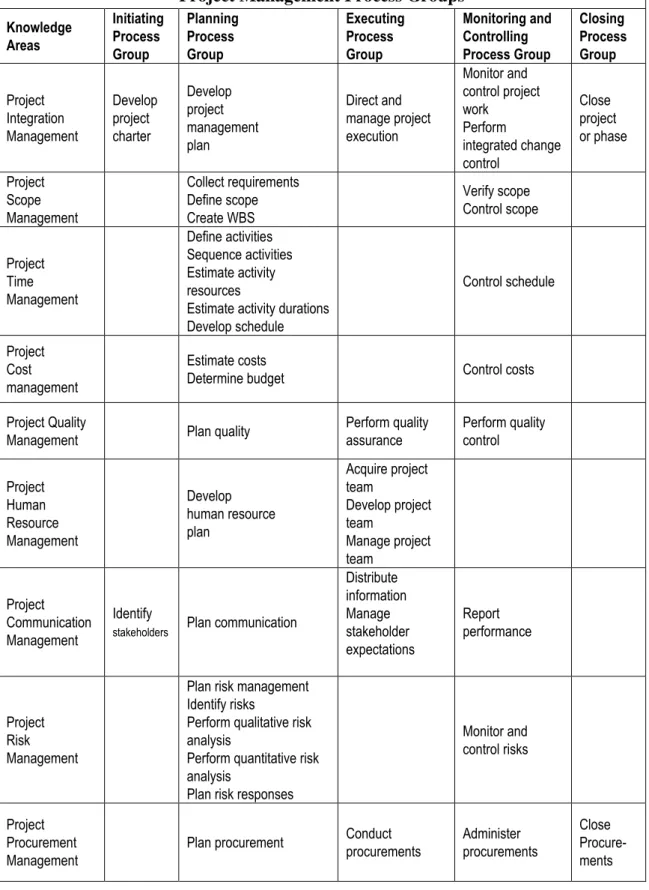
Critical project success factors review
Their results were based on a literature review and interviews with project and program managers. The ten general factors they found to be critical to successful project implementation can be applied to a wide variety of project types and organizations. Management support: the willingness of top management to provide the resources and authority/power necessary for the success of the project.
Technical tasks: availability of the necessary technology and expertise to perform the specific technical action steps. Monitoring and feedback: timely provision of comprehensive control information at each stage of the implementation process. Personnel (recruitment, selection and training): recruitment, selection and training of the necessary personnel for the team.
In a study conducted by Belassi and Tukel in 1996, they found that there is ambiguity in determining, by researching the existing literature in the field, whether a project is a success or a failure. First, as mentioned in a paper by Pinto and Slevin (in Belassi et al., 1996), it is not yet clear how project success should be measured, because the parties involved in projects perceive the success or failure of project subjectively. They also state that many of these factors, in practice, do not directly affect the success or failure of the project. many factors, at different stages of the project life cycle, result in the success or failure of the project.
They tried to determine the combined effects of these factors that ultimately lead to project success or failure, instead of analyzing individual factors. The extent to which the project is recognized as urgent by the developing organization and by the end user. The team's level of professional expertise and its sense of responsibility for the success of the project are the most important variables in determining success.
The most important variables in this factor are the validation of the technological feasibility of the project, the assessment of the implications for the project's performance of the organizational structure and logistics processes, as well as the creation of an appropriate organizational structure. Clear policy regarding decision-making procedures and internal and external communication procedures seem to contribute greatly to the success of the project. Thus, Cooke-Davies posed the question "What are the critical factors that really lead to a successful project?".
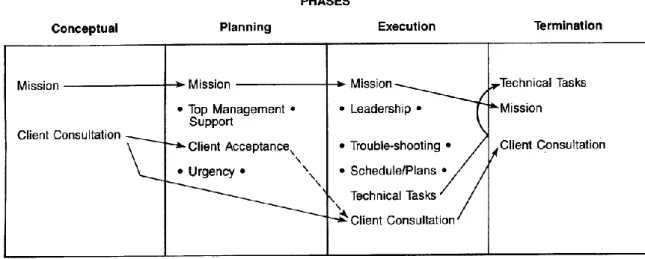
What factors are critical to project management success?
What factors are critical to success on an individual project?
What factors lead to consistently successful projects?
- Summary
Time, cost and quality have for a very long time been defined as the iron triangle, i.e. the basic criteria for measuring project success. Chan and Chan (2004) define the criteria of project success as "the set of principles or standards by which favorable outcomes can be completed within an established specification". The criteria for measuring project success should reflect the different views of the different stakeholder groups (shareholders, managers and end users) (Tishler, et al., . 1996; Dvir et al., 2006; Shenhar et al., 2002).
Over the years, several attempts have been made to explore the problem of measuring project success. However, measuring project success is a complex task, as success is elusive and can hardly be agreed upon. The difficulties in assessing project success have traditionally driven project managers to a simplistic formula (on time, on budget, and with required quality) for measuring success (Shenhar & Levy, 1997).
They add more criteria to the traditional iron triangle or create other dimensions to measure project success. These figures also underline the background to the project's success and the role played by soft and hard factors. Dvir (2005) stated that “project success was measured based on three criteria (two constructs measuring success from two different perspectives and an overall measure of success) which were validated in previous research by Lipovetsky et al.
One of the objectives of the study was to identify common criteria that are used to define project success criteria. Chan and Chan (2004) extensively studied the literature on measuring project success in the 1990s. Yu, Flett, and Bowers (2005) propose a project-based and value-based scheme to assess project success.
This exploratory research in the literature review found that there seems to be no consensus between researchers and practitioners on the criteria for measuring project success (Wateridge, 1995). The project success criteria vary, depending on the point of view, from project to project, and even from time to time. One must define the criteria of project success before measuring it (Pariff & Sanvido, 1993;.
The measurement of project success must connect organizational strategic management, strategic planning and long-term goals (Shenhar,Dvir,Levy & Maltz, 2001;. The measurement of progress of time, cost and quality is undoubtedly an essential part of the measurement of project success (Def. White, 1988; Atkinson, 1999).
